
5-minute time blocking
Scheduling every task in 5-minute increments to maximize focus and minimize wasted time. This method creates urgency and prevents distractions by treating time as finite currency.


Immediate emergency phone check
Checking critical notifications within 30 seconds of waking to address urgent issues across companies. Includes scanning for production alerts, rocket launch updates, and system failures.


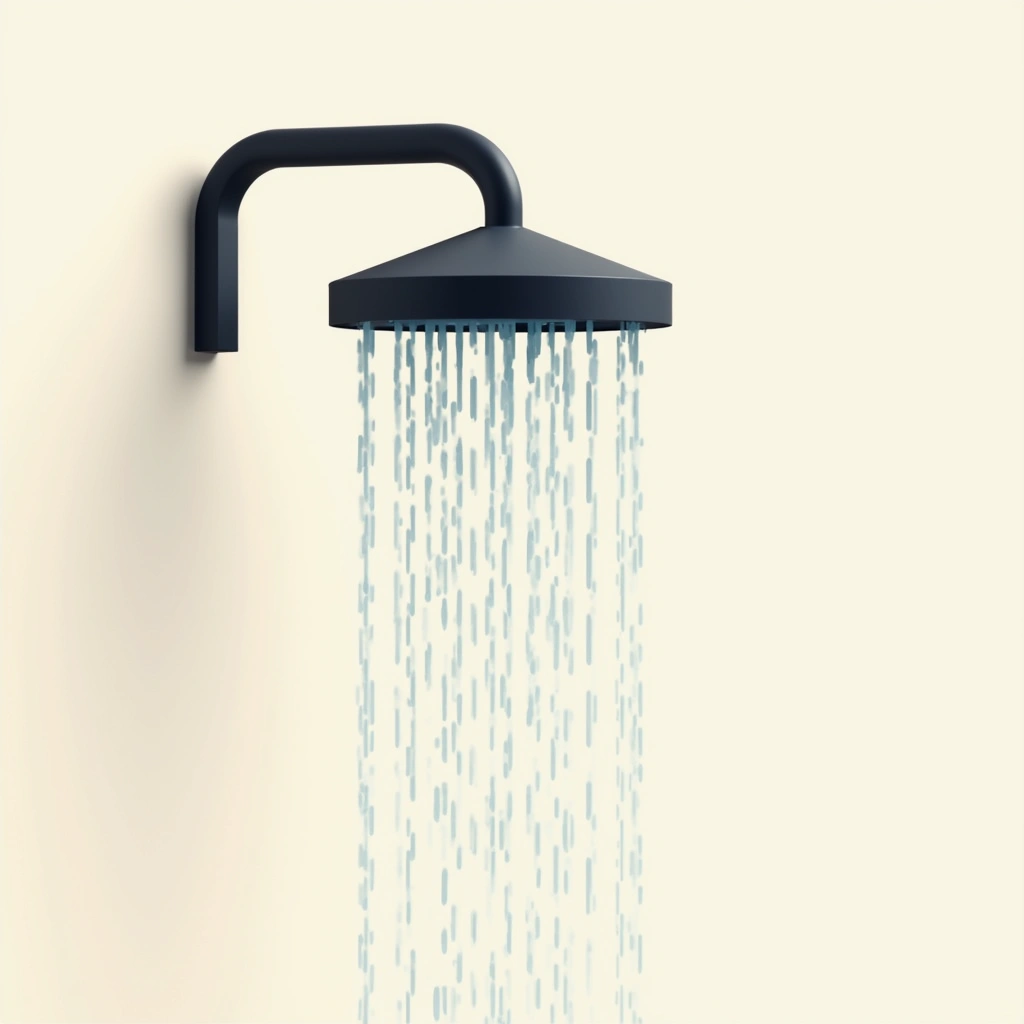
Shower mental priming
Taking morning showers not just for hygiene but to deliberately enter a problem-solving mindset. Uses the sensory reset to visualize engineering challenges before work.



Meeting ejection protocol
Leaving meetings immediately when they stop being productive, sometimes mid-sentence. Maintains a mental checklist of acceptable discussion topics per attendee.


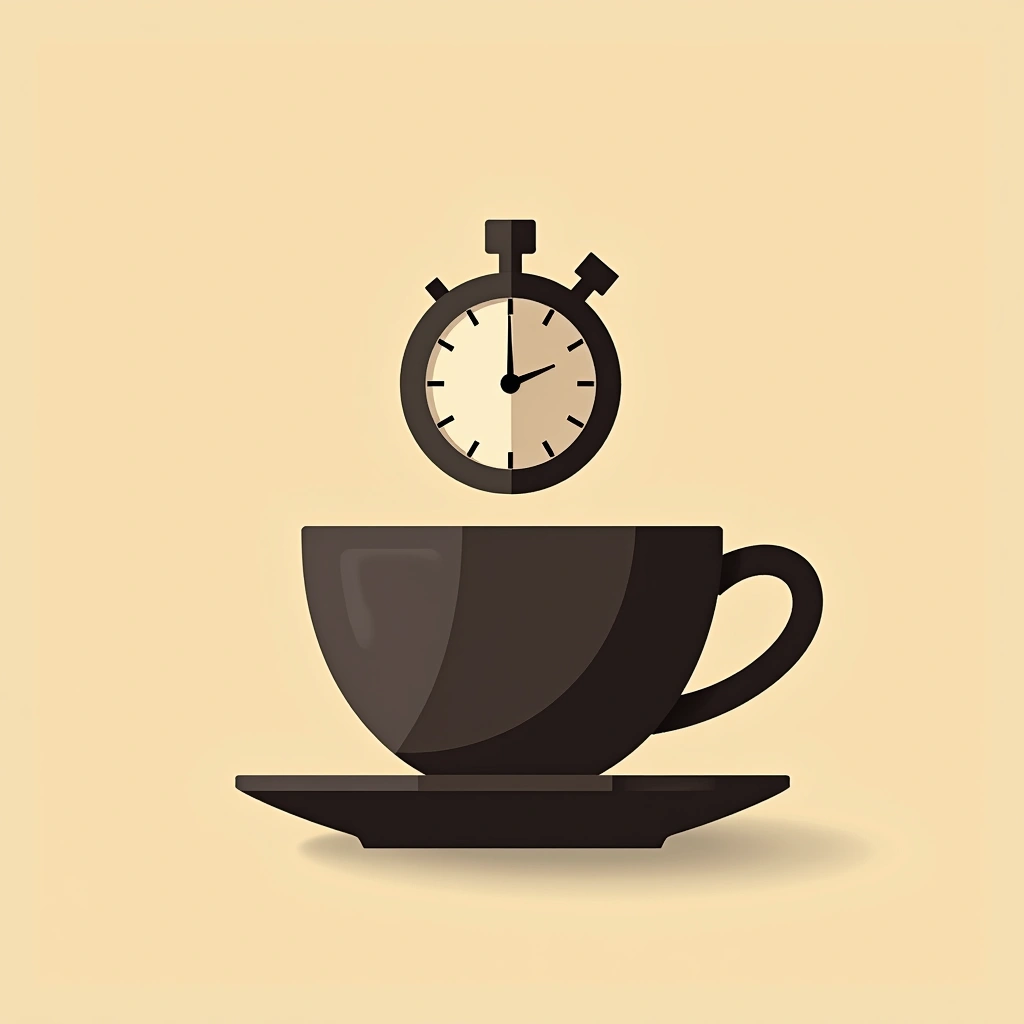
Caffeine microdosing
Drinking 2 cups of coffee spaced 90 minutes apart rather than consuming all at once. Paired with protein intake to avoid energy crashes during engineering sprints.



Email triage system
Processing critical messages first using a proprietary subject line tagging system. Immediate responses only to emails that block company-wide progress.



Contextual workspaces
Physically relocating to different company HQs based on current priorities. Spends Mondays at SpaceX for propulsion work, Fridays at Tesla for battery tech.


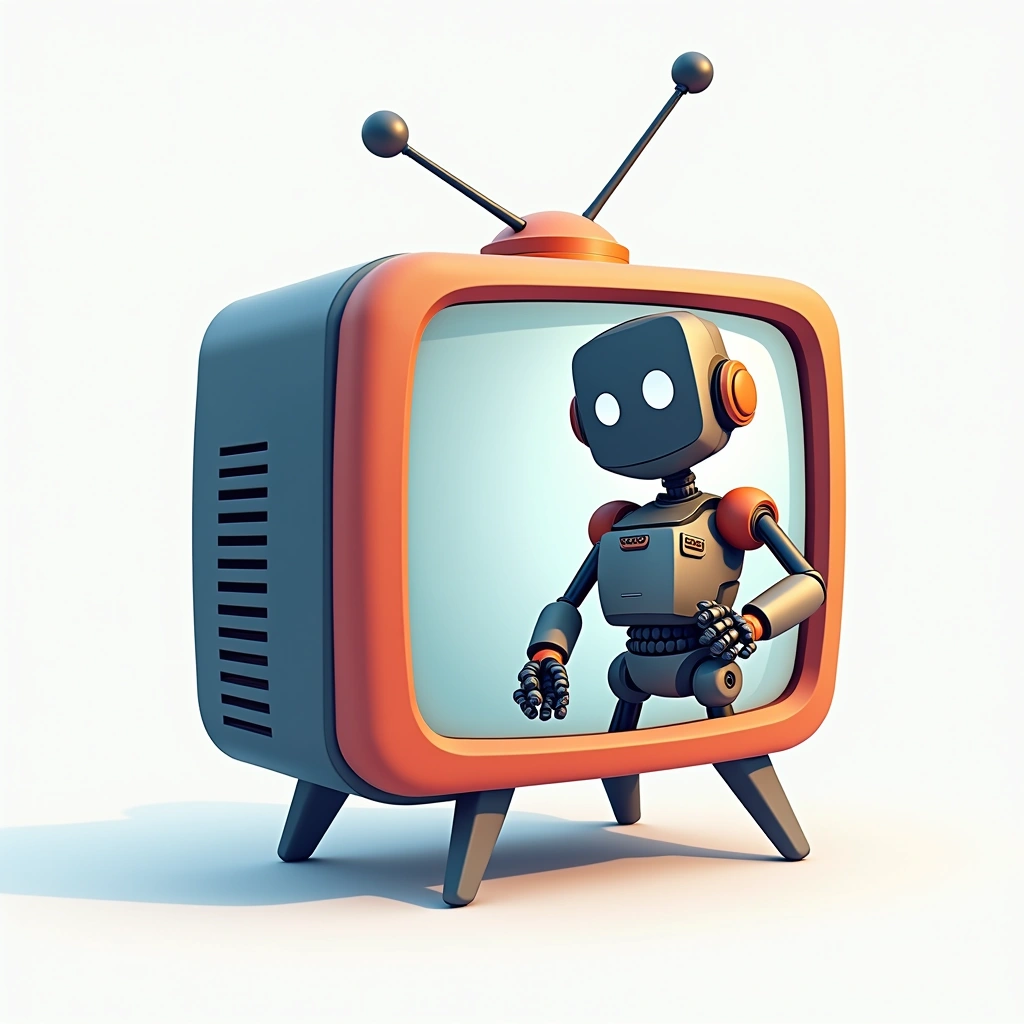
Anime decompression
Watching 22-minute anime episodes to force mental breaks between work blocks. Selects shows with complex mechatronics themes that subconsciously inspire engineering ideas.


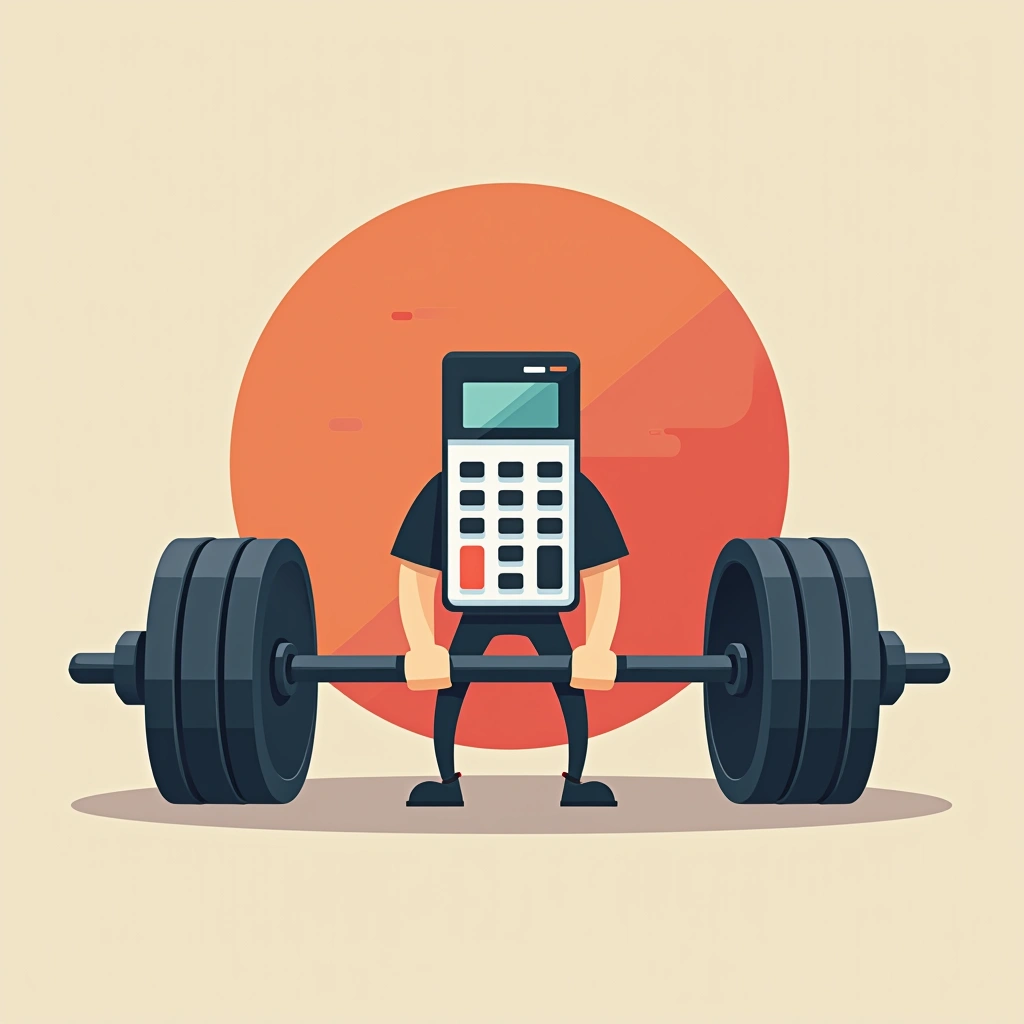
First principles workouts
Applying physics fundamentals to exercise - calculates exact force vectors during weightlifting. Uses treadmill incline variations to simulate lunar gravity conditions.



Pre-sleep technical reading
Reading propulsion physics papers or AI research for 47 minutes before bed. Limits fiction to maintain analytical mindset continuity into sleep.



Nutritional indifference
Eating identical meals for weeks then suddenly changing diets. Uses body as bioassay to test how food types affect engineering productivity.


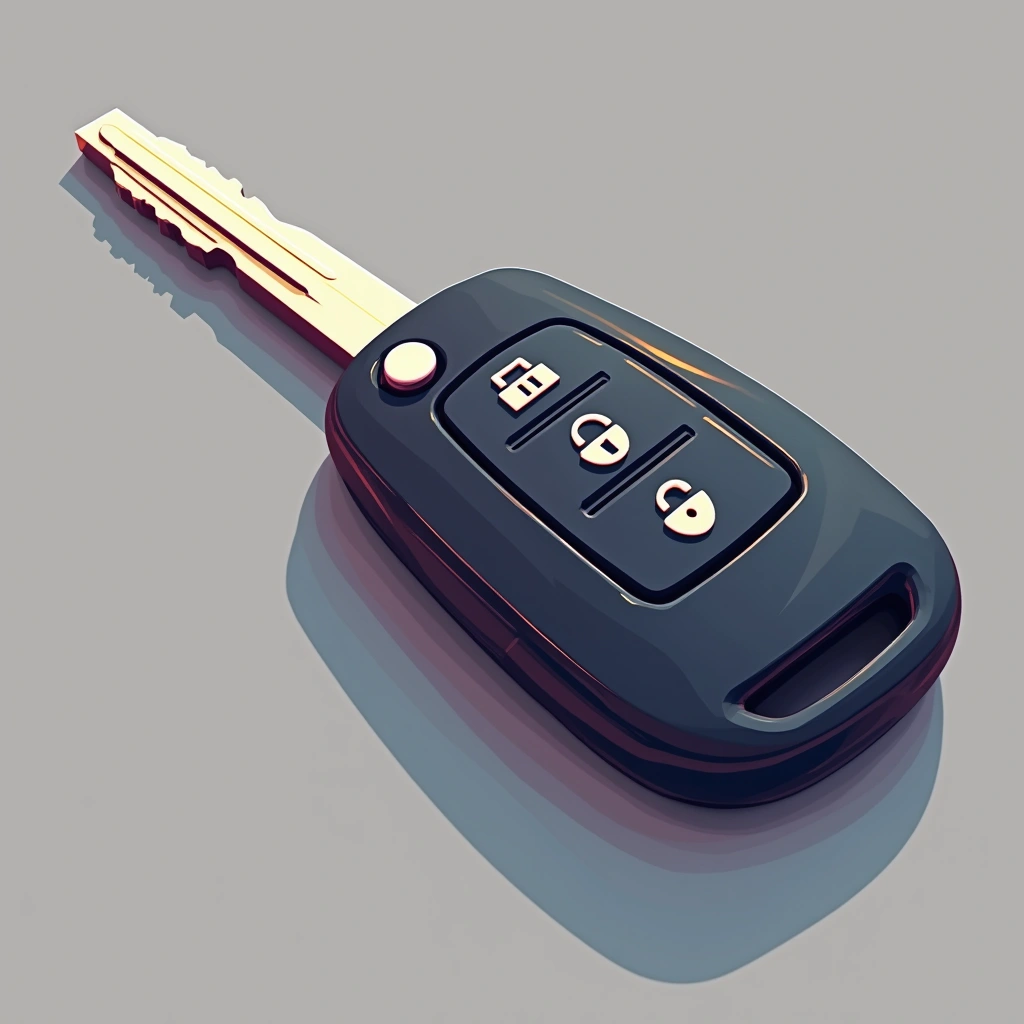
Stochastic commuting
Randomly selecting different Tesla models for daily commute. Tests new software builds in real traffic conditions without formal QA teams.


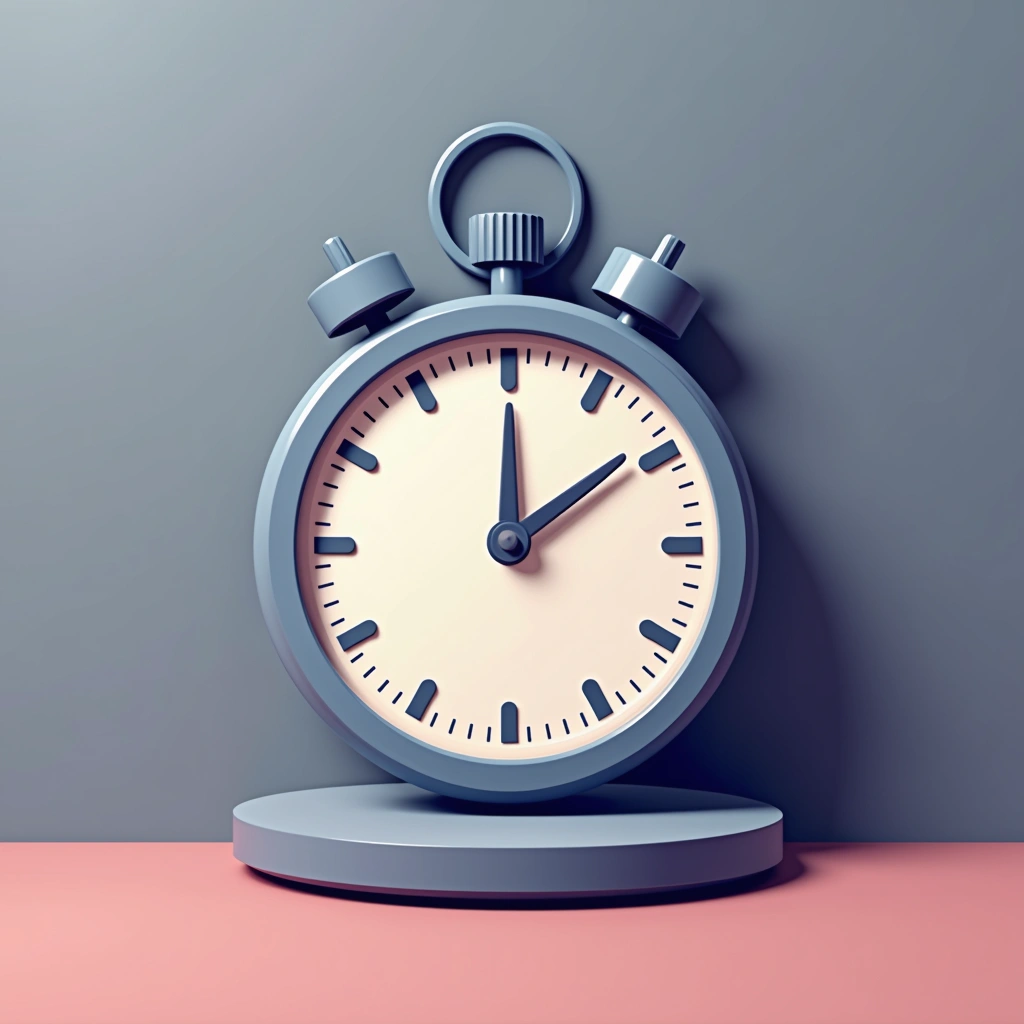
Meeting food pacing
Eating exactly 3.2 calories per second during working meals. Calculates chewing speed to finish meals precisely when agenda items conclude.



Multicompany task batching
Grouping similar engineering challenges across companies into single work blocks. Solvents battery issues for Tesla and SpaceX simultaneously during designated hours.



Blue light mitigation
Wearing orange-tinted glasses 2 hours before sleep when working late. Uses specific wavelength filters to protect circadian rhythm despite screen time.


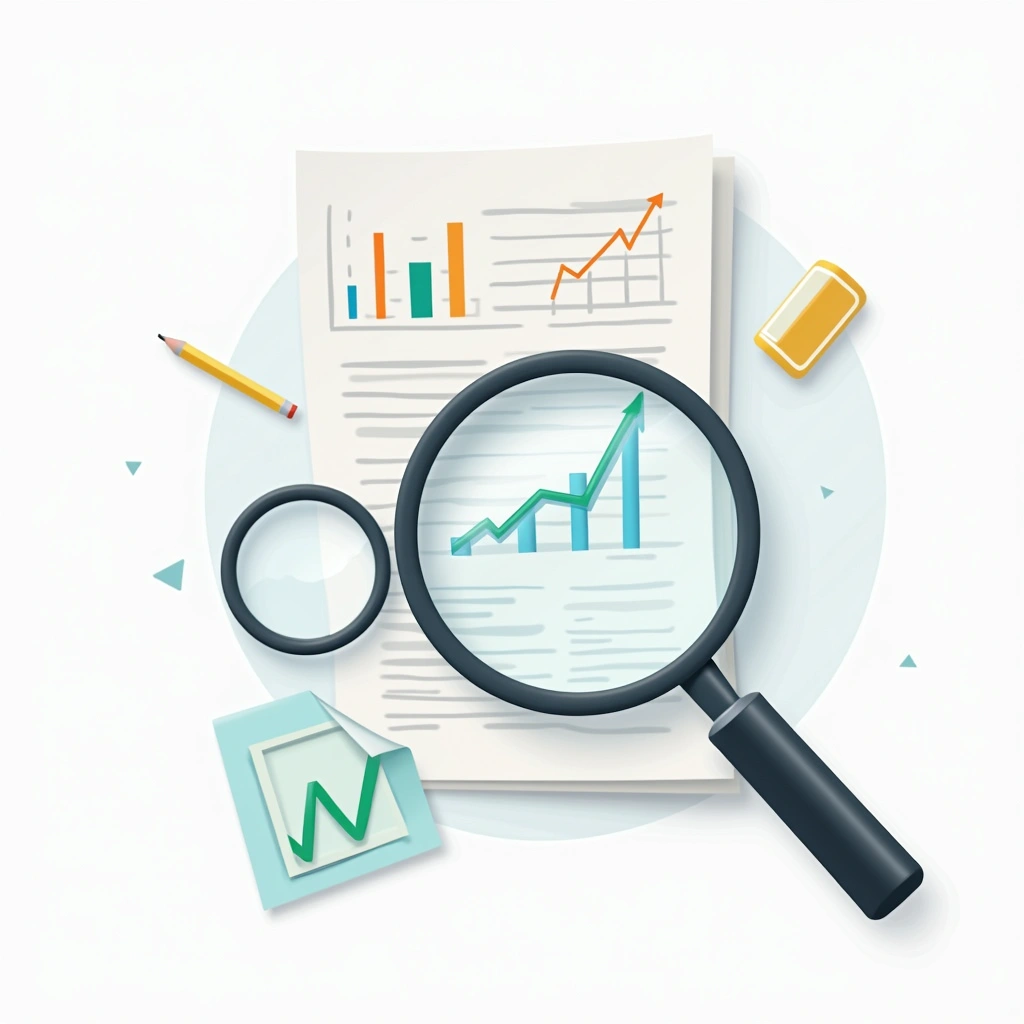
Error log analysis
Reviewing manufacturing defect reports from all companies before bed. Looks for patterns across rocket parts, car components, and neural lace production.


Stochastic fasting
Randomly skipping 0-3 meals per day based on meeting density. Uses an algorithm to determine when eating would interrupt deep work cycles.


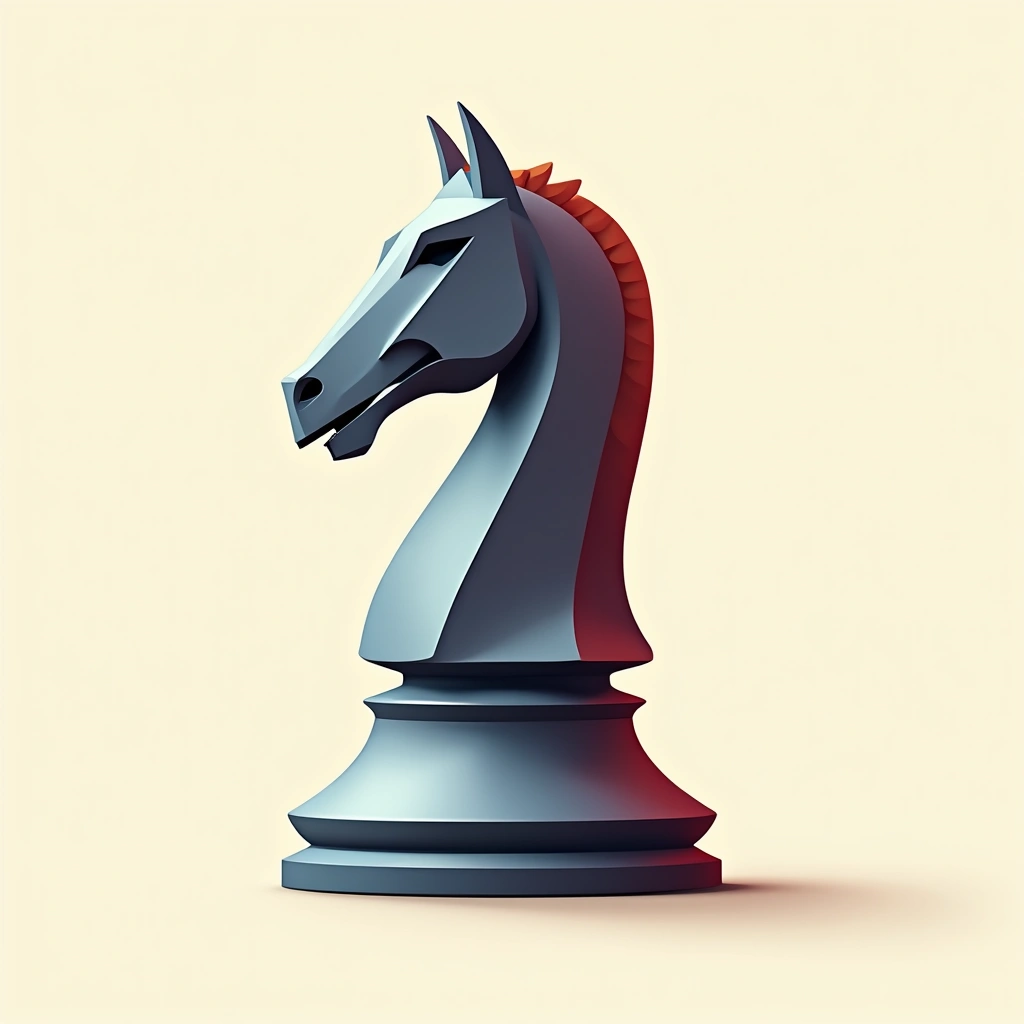
Pre-emptive task delegation
Assigning work 2 levels below current projects to maintain bandwidth. Predicts future needs based on meeting fragments and industry trends.


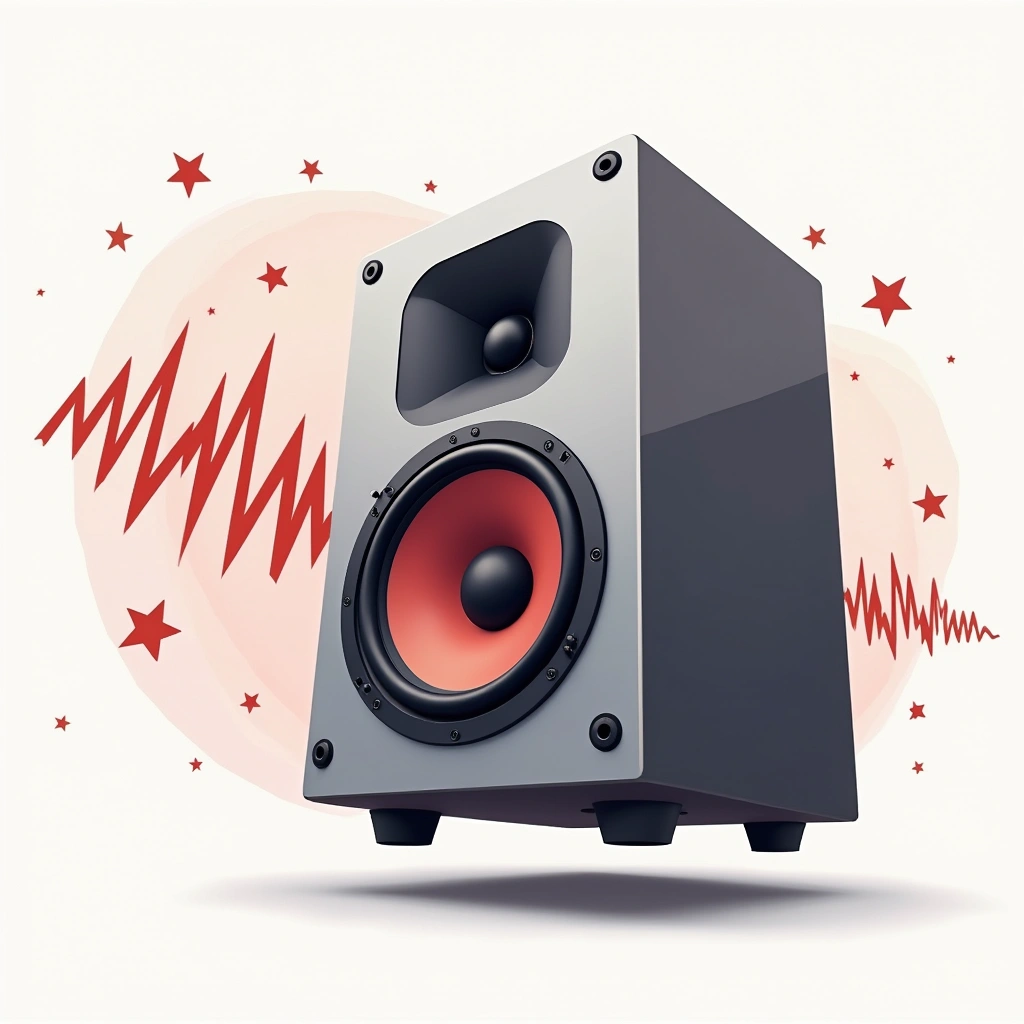
Ambient noise optimization
Using different background sounds for various work modes - white noise for emails, brown noise for engineering, pink noise for creative tasks.


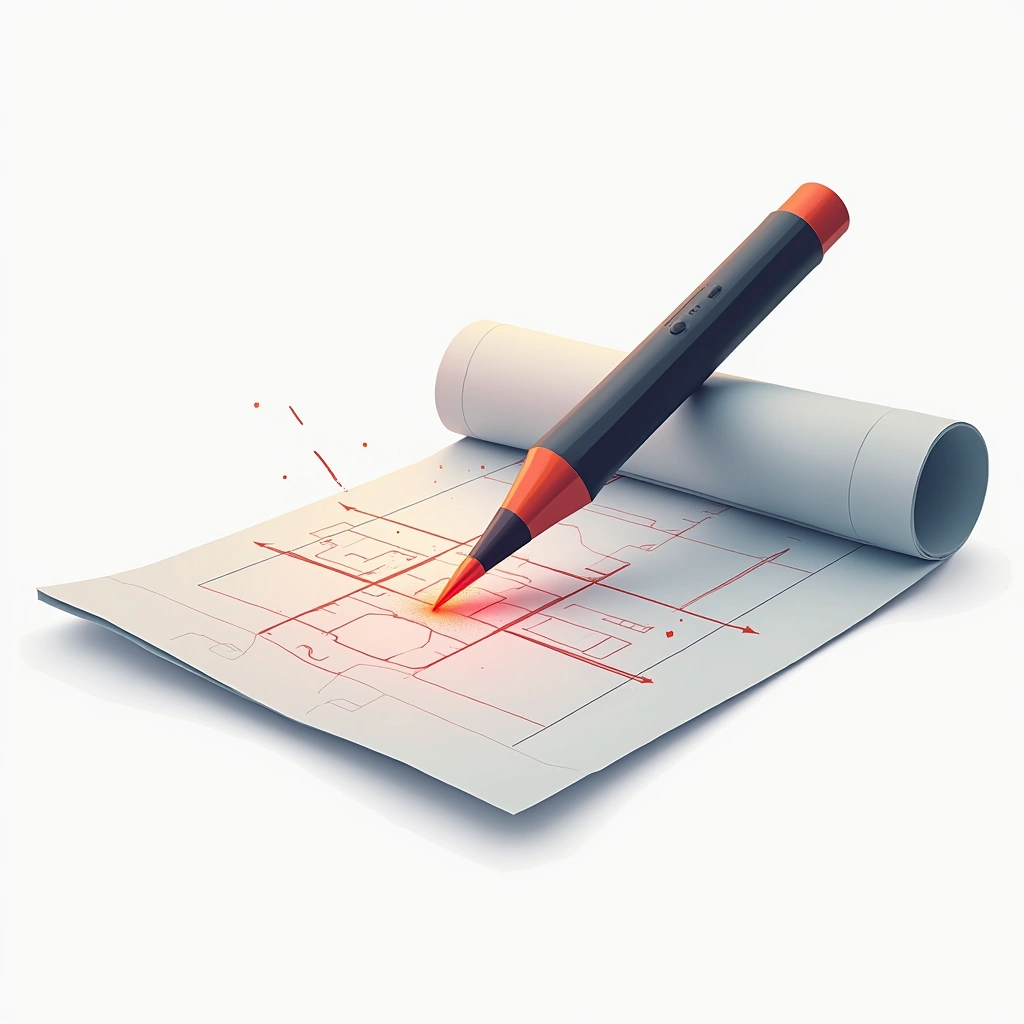
Surgical meeting agendas
Requiring hyper-specific talking points with failure metrics. Bans presentations - only accept 3D models, physical prototypes, or mathematical proofs.


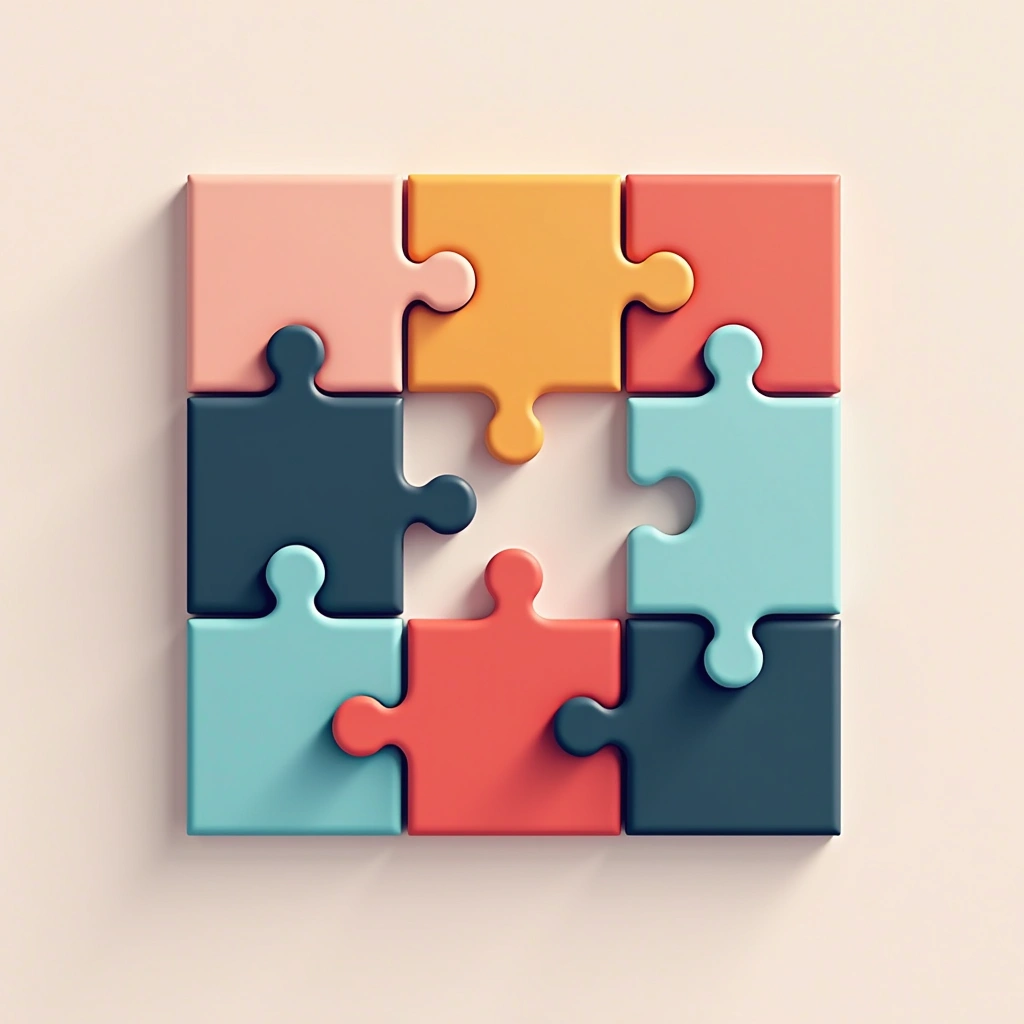
Cross-disciplinary analogy mining
Forcing connections between unrelated industries during design sessions. Compares rocket reusability to fast-food napkin dispensers for cost reduction insights.

